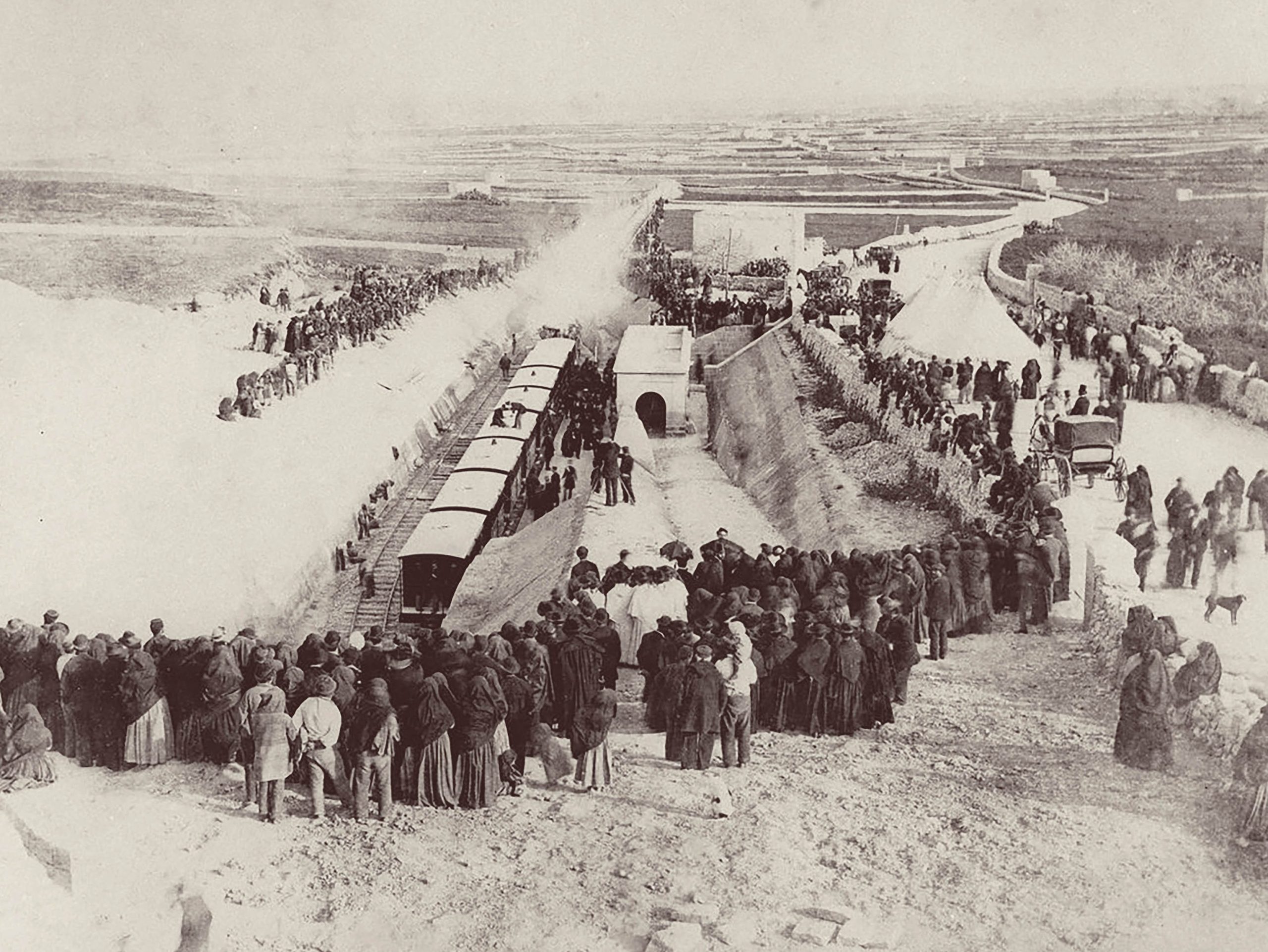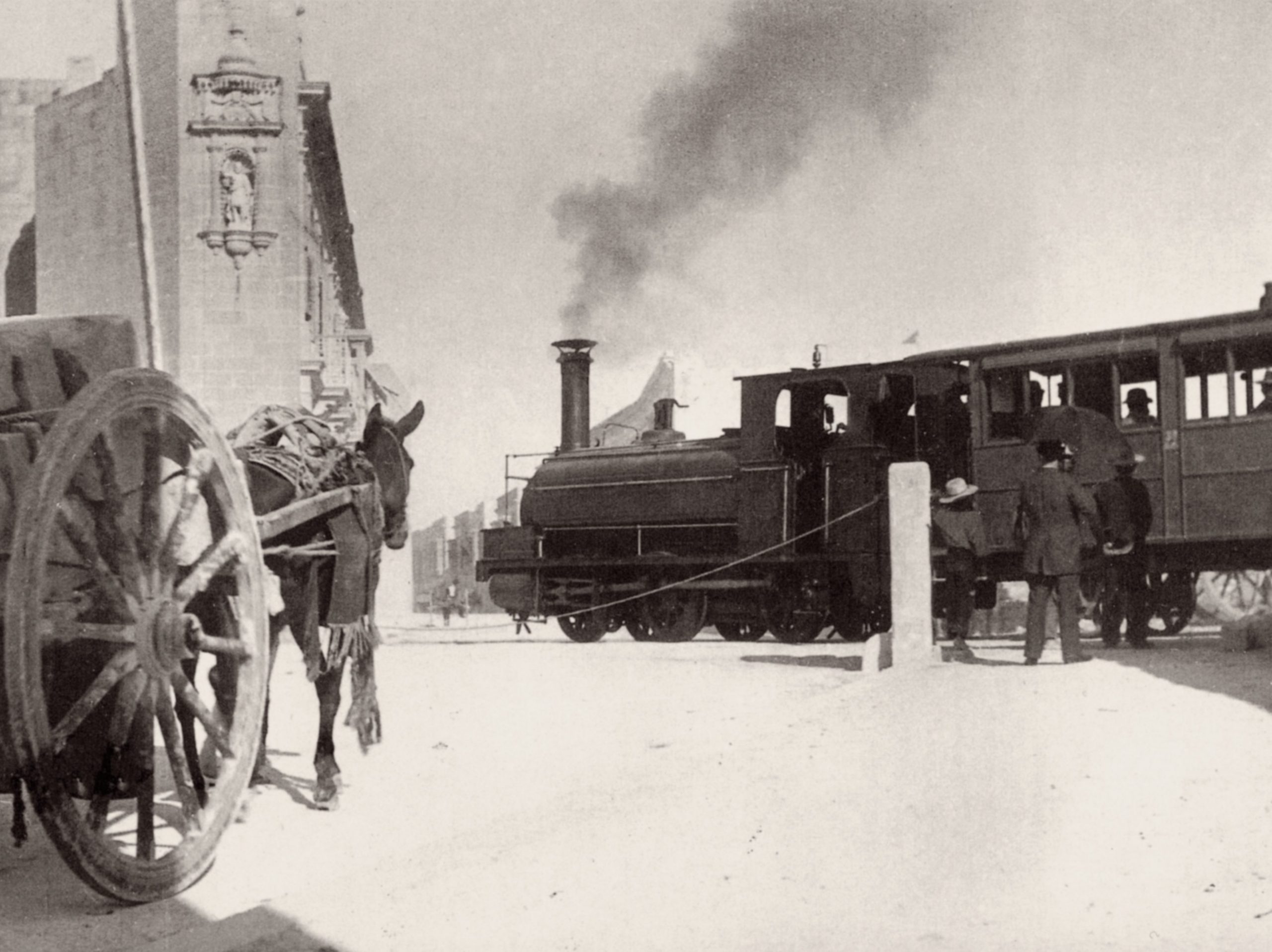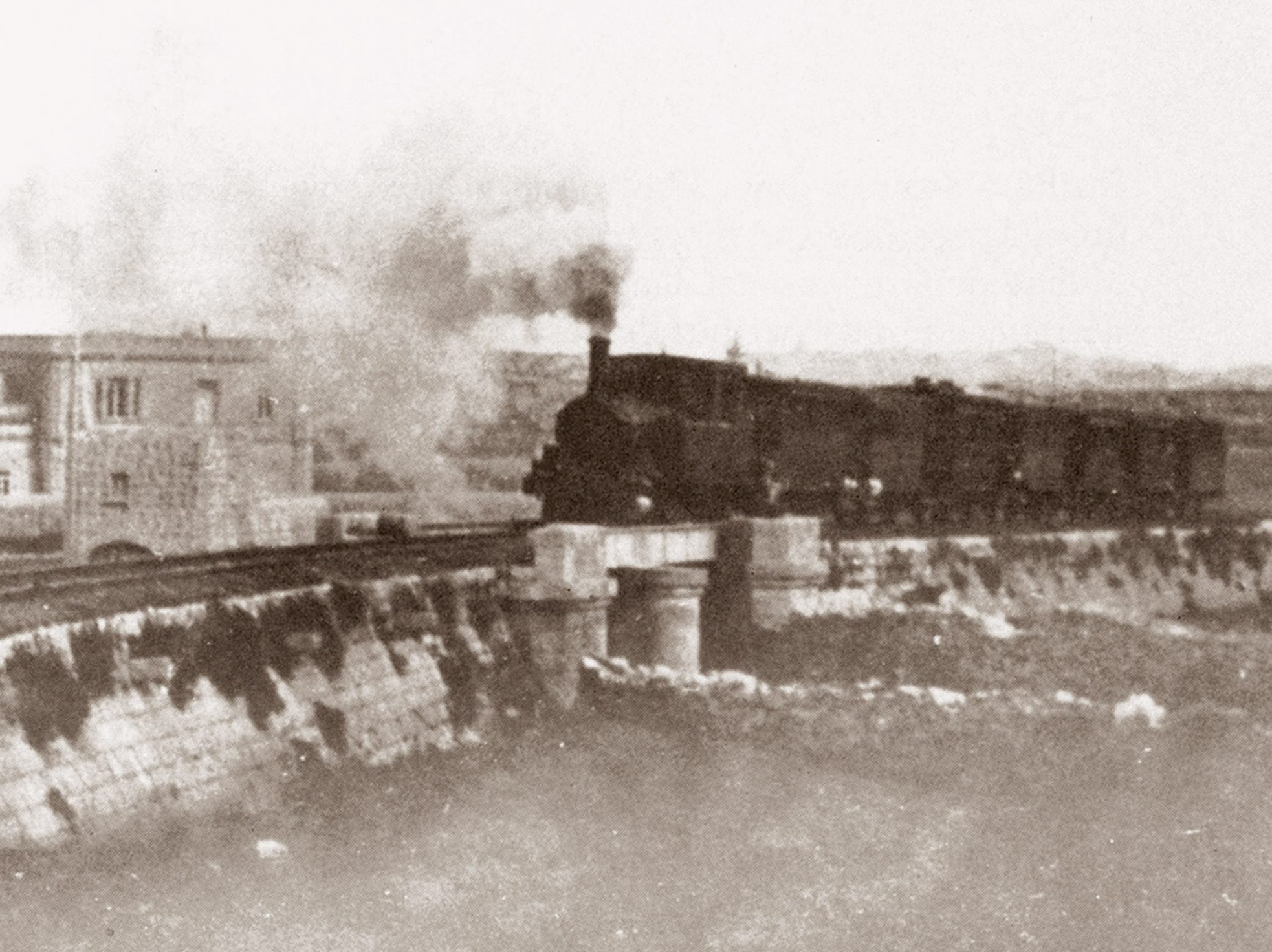The History
The history of the Malta Railway: 1883-1931
As Great Britain transitioned from maritime nation to an empire controlling whole continents there was an increasing need to communicate over great tracts of land. Its pioneering development of a fast and efficient railway network within its own national frontiers led naturally to the quick export and expansion of this technology across its colonies, sewing the Empire together with threads of steel. In the global context, the small island of Malta offered less lucrative commercial opportunities for investors to the great continental trunk routes.
It’s important to recognise today, confronted by the island’s densely populated conurbations and intensity of development, that Malta in the mid-19th Century was overwhelmingly rural, with the only significant urban centres clustered tightly around the shores of the Grand Harbour. Faced with a landscape mainly of dispersed agricultural villages was a limiting factor in Malta joining the railway age. It was perhaps natural that Mdina, the old Capital, and its suburb Rabat, a two-and-a-half-hour journey by foot, became the focus of any railway line out of Valletta.
The Railway’s story is presented here in three acts:



